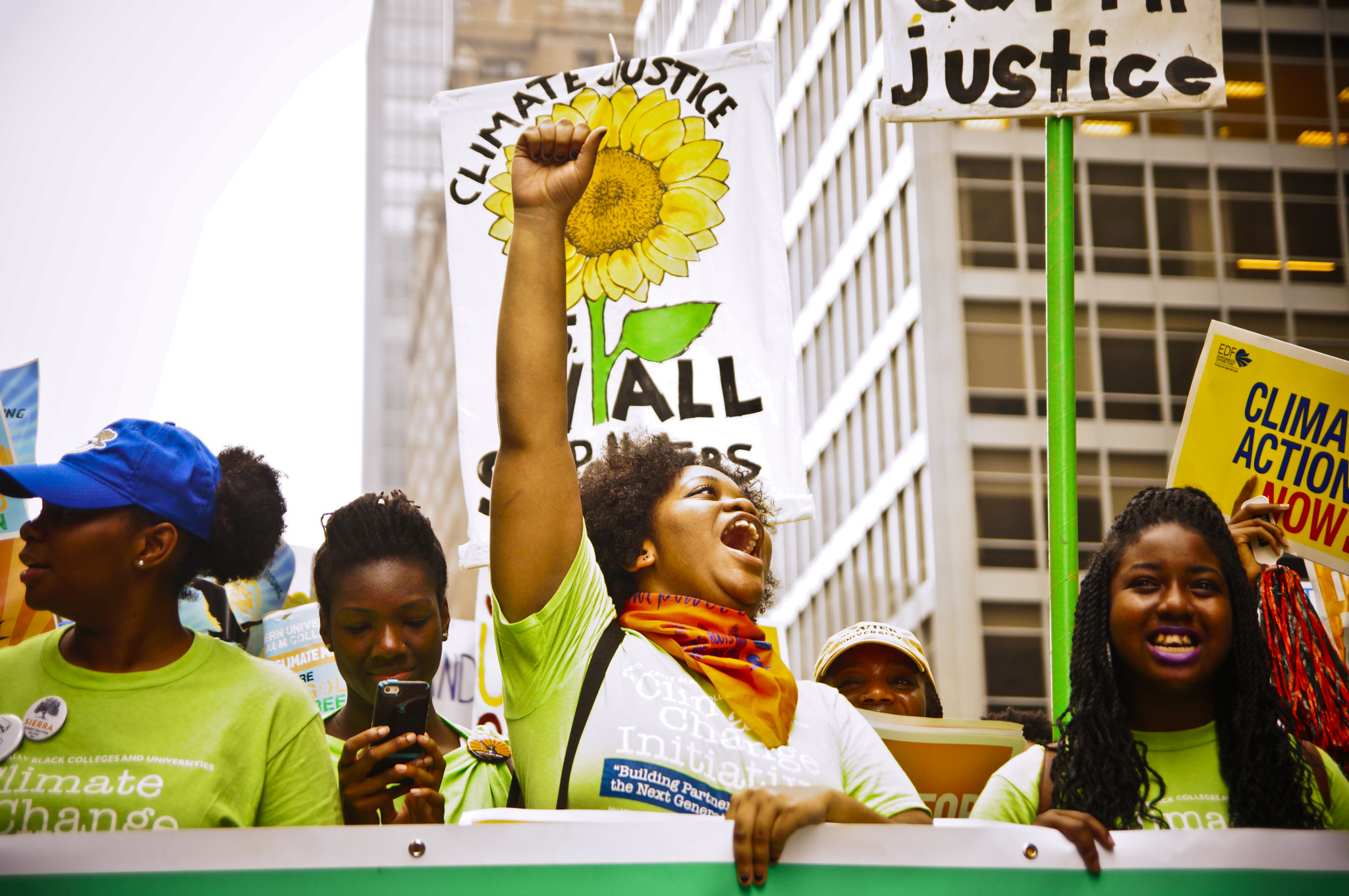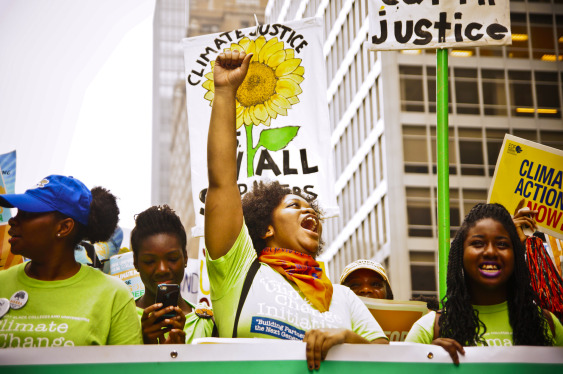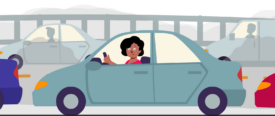Most of the marketing we see (especially commercial advertising) is of the inadequacy variety—messages designed to create anxiety or insecurity about what we lack (beauty, youth, sex-appeal, status). Inadequacy stories rely on our most childish impulses and emotions, jealousy, greed, selfishness, vanity. They cast the product or service being touted as the hero, something people can buy that fills a hole (a hole that the story has convinced us we need to fill).
A far more powerful, memorable, and engaging type of message is what Jonah Sachs, author of Winning the Story Wars, dubs empowerment marketing, stories that emphasize not where we’re deficient, but how we can grow and find personal satisfaction.
Empowerment messages remind us who we are and what we are capable of. They’re crafted to help speed people along on their own journey to “maturation and citizenship,” to carry out a human drive to find fulfillment based on our core values. (If you are familiar with Maslow’s hierarchy of needs, think of maturation and citizenship as the top of the pyramid, the self-actualization needs).
According to Sachs, communications that break through the noise and “go viral” don’t just talk about how great the brand or product (or policy solution) is but talk about how great their audiences can be. When audiences feel uplifted they want to share that feeling with everyone they know!
The idea is that if our basic needs are being met, we’re all pursuing fulfillment. We just don’t always know how to get there. So, our job as messengers is to tell stories that give our audiences confidence and tools for their own success. We should remind them who they are and what they’re made of. And, most importantly, we should show them that it feels good to live their ideals.
Here are three tips for swapping inadequacy for empowerment in your messages:
Empowerment, Not Inadequacy
1. Expose the lies of inadequacy marketing. Offer a refreshing alternative to all the phony promises and myths floating around. Instead of making us feel bad, help us see the truth. (For example, debunk the oft-parroted false choice between the environment and the economy; most people don’t buy it).
2. Speak to the hero, not the child. Cast your audience as the hero. You (your brand, organization, messenger) are not hero but helper, showing the way. Your messages should say: “you are powerful, you can do something important and meaningful, and here’s how.”
3. Forget the consumer, call on the citizen. Remind us of our core values. Inspire us to do the right thing. Invite us to be part of something bigger (e.g., Yes We Can).









